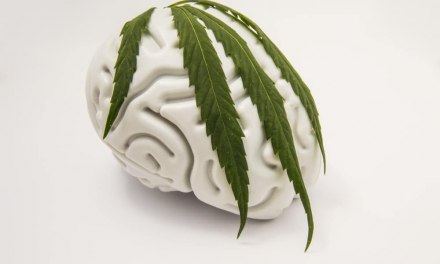This is actually an update, from an earlier post (May), on that weird phenomenon now officially known as Cannabis Hyperemesis Syndrome (CHS).
CHS is defined as “a condition that leads to repeated and severe bouts of vomiting,” and it results from continuing cannabis use. Not surprisingly, given the rapid expansion in access to marijuana for recreational use, it’s turned out to be a lot more common than initially projected. Instead of a few hundred thousand cases, a recent research estimate put the number closer to 2.75 million, in the US alone.
The majority appear to be adults and young adults who use marijuana on a regular basis, but it shouldn’t be long before additional cases emerge involving adolescents. I certainly don’t expect age restrictions to be more effective in controlling recreational cannabis use than they have been with alcohol or tobacco products — that is, most users will simply ignore them.
Signs and symptoms of CHS to look out for:
- Obviously, episodes of nausea, often accompanied by vomiting — especially the ‘morning after’ sort. Can include the so-called ‘dry heaves’.
- Significant discomfort in the abdominal area.
- Reports from CHS sufferers often mention a general loss of appetite (no surprise there) and anxiety about the possibility of nausea and vomiting episodes in public places.
Most persons with CHS have tried using hot showers to self-manage their discomfort. That does appear to help, at least at first. Others have sought relief from common medications. The Cleveland Clinic mentions the following:
“Antihistamines, like diphenhydramine (Benadryl®). Capsaicin cream to relieve pain. Pain relievers like ibuprofen (Advil®, Motrin®) or acetaminophen (Tylenol®). Prescription medications, including benzodiazepines (like lorazepam), antipsychotic medications (like haloperidol) or tricyclic antidepressants.”
The results have been mixed at best. As of now, there’s no single widely used treatment for CHS — other than simply avoiding marijuana in the future.
That could be difficult, since a user experiencing CHS symptoms is likely to have become dependent on the drug. That means the presence of withdrawal symptoms and drug cravings, and therefore an elevated risk of relapse.
For treatment professionals, I’d suggest the following approach:
- Include questions about the symptoms of CHS in the psychosocial assessment. Not just the most severe symptoms, but lesser ones, too, that may indicate an earlier stage of a developing problem.
- Where CHS is identified, screen/ evaluate the client for a Cannabis Use Disorder (CUD) of whatever severity, and if needed, initiate appropriate treatment.
That’s true even if cannabis is not the principal drug in a patient’s use pattern. Persons with alcohol, opioid, and stimulant disorders often make use of cannabis as well, mainly to relieve some of the withdrawal discomfort from their other SUDs.
Best to identify that syndrome promptly, rather than waiting for a relapse.













